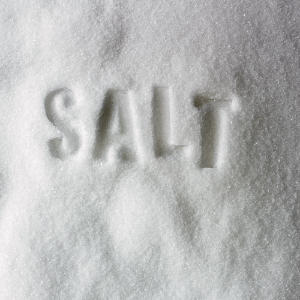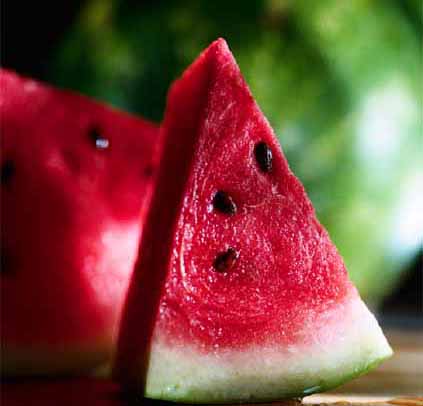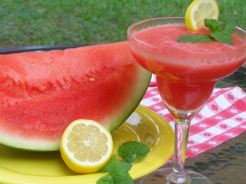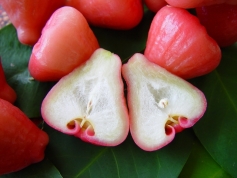This article is part of a blog series where information is given to you on how to eat healthy for your age.If you have missed out on the introduction to this article, checkout this link here
So of all the life stages today we will be focusing on teenagers. As with kids eating healthy is important although, different age groups have different prorities, needs and eating habits change . Now with teenagers fitness and nutrition are the cornerstones of teen health!
If healthy routines are followed in a teenagers life, it is likely to last a lifetime, so here are some tips to help teens kick their body into top gear. Be an example to your fellow teenagers and encourage the entire family to adopt healthier habits by applying the following to your daily live.
- Eat breakfast on a daily basis
A smoothie in the morning or a bowl of high fibre cereal is a great way to start your morning and will help jump-start your metabolism, provide energy for the busy day ahead and may even prevent over-eating( which none of us really want) during the rest of the day.
- Be a smart snacker
Try to avoid those tuckshop temptations by packing in healthier option, a grab-and-go from home, such as:
o Fresh fruit
o Sliced red, orange or yellow peppers
o Cherry tomatoes, carrot and celery sticks (with hummus for a dip)
o A tub of low-fat yogurt or a drinking yoghurt or a flavoured milk
o Pretzels or home-made popcorn
o Provitas or crackers with a block of cheese
- Count liquid calories
The calories in fizzy drinks, flavoured water, vitamin water and fruit juice can add up quickly. To avoid all those hundreds of calories drink water instead of sugary drinks, as water is better and healthy option.
- Be active
Teens need about 60 minutes of physical activity a day. Team sports are great ways to get active and to socialize, but if you as a teen are not into sports such as hockey, rugby or tennis. Try other activities such as to walking the dog around the block, take up skipping at home or sessions at a gym.
- Healthy skin
- Hormone changes and puberty are mostly responsible for acne. It is not true that chocolates and fatty and sugary foods cause pimples. A balanced diet with plenty of vegetables and fruits and lots of water can help keep your skin healthy and clear. But if skin is really worry, talk about it and start acne treatment sooner rather than later
- Maintain a healthy weight
Aside from an increased risk of developing high blood pressure and diabetes, being overweight can ruin teen self-confidence. So as a teen, to maintain that weight or to lose weight permanently follows a healthy diet and balance food intake with physical activity. Remind yourself that there’s no single ideal weight and no perfect body – the right weight for one person might not be the right weight for another.


 might know.
might know.




















